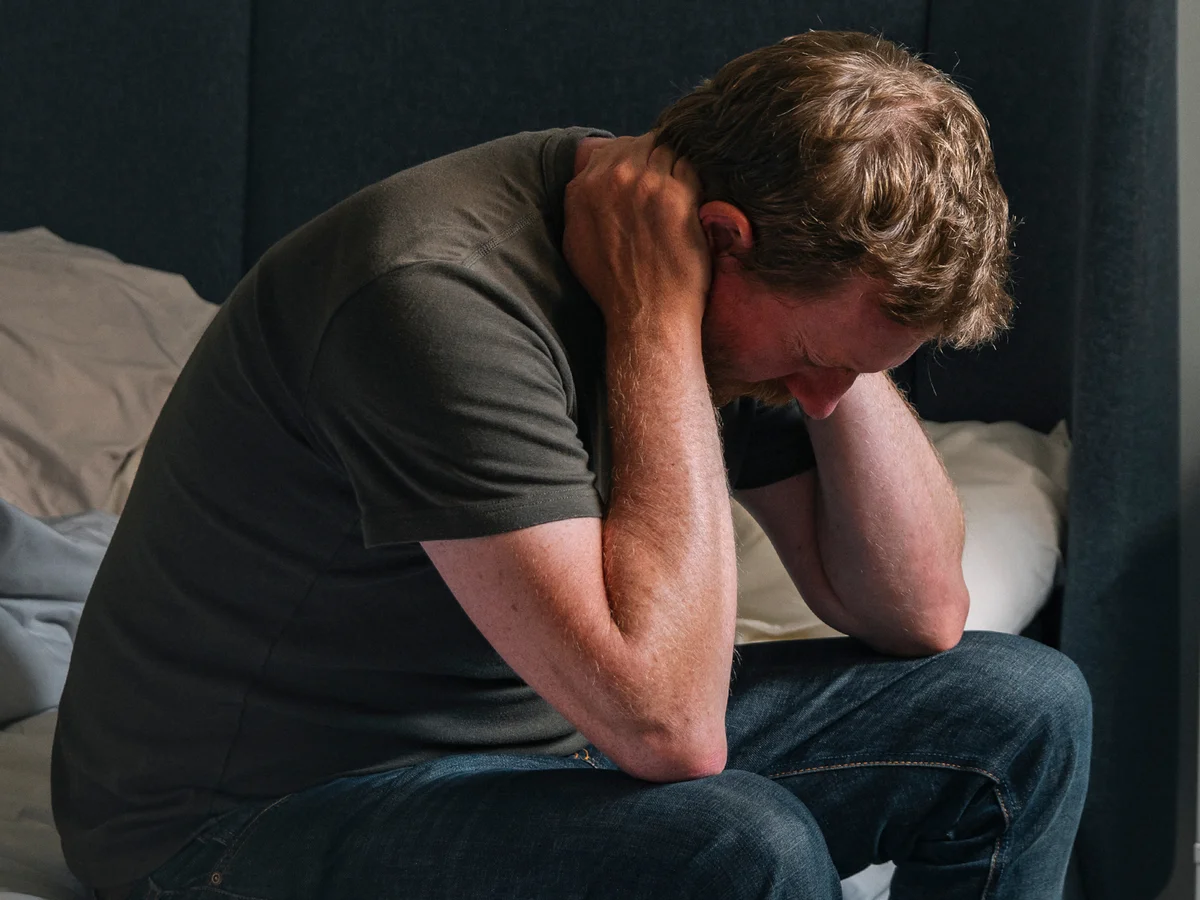The emotional flashbacks happen suddenly and without warning. You encountered a trigger that you weren’t expecting. Maybe it was something you saw or heard. Even odors and smells cause these C-PTSD flashbacks. 
They take you back to one of the many events that occurred in your past, causing complex post-traumatic stress disorder (C-PTSD). This type of PTSD is considered “complex” because the trauma involved not one single incident but many events over an extended span of time.
And these incidents compound one onto the other, creating many layers of misery.
C-PTSD Flashbacks
If you are living with constant flashbacks, there are ways to treat the problem. Here are 10 steps to take back control.
1. Know Your Triggers
First, it’s useful to be aware of your triggers and how they develop. Everyone has their own triggers and how they respond to them. Knowledge is power!
This knowledge also helps when you do get triggered. You can start reminding yourself that you are okay and safe, that what you are experiencing is not threatening to your life.
2. Practice Breathing Techniques
Breathing is one of the most basic of human functions. If you aren’t breathing, then your body doesn’t life. It’s as simple as that.
When you experience stress from C-PTSD flashbacks, you may feel your heart racing and your breathing get faster. This is your body’s response to stress. It also leads to panic attacks if left unaddressed.
Try practicing breathing techniques to activate your body’s parasympathetic nervous system. This will help you to take control when C-PTSD flashbacks occur.
3. Exercise
Another simple way to take back control is by exercising. There is plenty of research that shows exercise has both physical and neurochemical benefits.
Any activity that gets your heart rate moving helps. You don’t have to be a world-class athlete to reap the benefits of exercise. Even just taking a brisk walk can empower you.
4. Practice Good Sleep Hygiene
Nightmares are a common problem for those experiencing the misery of C-PTSD. They might be so disturbing that you don’t want to sleep at all. Yet your body and mind need sleep. To cope, practice sleep hygiene.
For example:
- Have a consistent bedtime and wake-up time
- Keep your bedroom cool and shaded
- Refrain from eating food, drinking beverages (other than water), and watching TV in your bedroom
- Avoid caffeine and alcohol close to bedtime
- Use a nighttime dimmer on your tablet device to read before bed
- If you do have a nightmare, avoid switching on the TV or scrolling through social media
5. Find Community
C-PTSD tends to isolate people. You may feel that nobody else understands what you’re going through. However, that isn’t the case at all.
Granted, only you have lived your life. Yet, many others have also experienced trauma in their own lives. Spending time with support groups can certainly be very helpful. At the same time, connecting with friends, family, and people with a healthy outlook on life, in general, is beneficial too.
6. Feel Gratitude
Yes, C-PTSD flashbacks are awful. Yet, that doesn’t mean you have to feel terrible all the time. Counter it with some positivity!
Take a moment and think about what you’re grateful for. Maybe it’s the relationship that you have with your partner; or perhaps it’s the times you get to sit down to enjoy a tasty meal with friends or family. There are likely a lot of positive things in your life that can help you take back control over the misery of traumatic flashbacks.
7. Organize Your Living Space
Another way to take back control is by organizing your living space. Why would that matter?
Because, as so often is the case with complex post-traumatic stress disorder, you simply feel out of control. Keeping your living space clean, organized, and tidy is something that is in your control! And that’s a powerful concept to take back control over other parts of your life, even if it’s just taking out the trash.
8. EMDR Therapy
A useful therapeutic technique for coping with emotional flashbacks is eye movement desensitization and reprocessing (EMDR).
Using eye movement while recalling a memory, your mind can start to better process your C-PTSD and resolve the distressing emotions associated with it. Eventually, the traumatic memory will have no emotional attachment associated with it at all.
9. Neurofeedback Therapy
Neurofeedback therapy is another therapeutic tool that’s available to help you take back control.
With neurofeedback therapy, you and a therapist analyze your brainwaves, as they appear in real-time. Using that information, your therapist helps guide you to retrain your brain. This is a powerful tool for teaching your brain how to cope with C-PTSD flashbacks.
10. To Manage C-PTSD Flashbacks, Start Small
It’s easy to get overwhelmed with all the ideas and suggestions for taking back power and control when you experience C-PTSD flashbacks. That’s why it’s important to start small. Pick one thing to focus on first. Once you feel that you have established yourself with that skill, try another.
—
C-PTSD flashbacks can be debilitating, awful, and filling your life with misery. Yet, despite that you may feel you don’t have any power over the problem right now, there are things you can do about complex post-traumatic stress disorder.
Consider contacting me to find out how my approach to PTSD therapy could help you free yourself from C-PTSD and take back control of your life.





